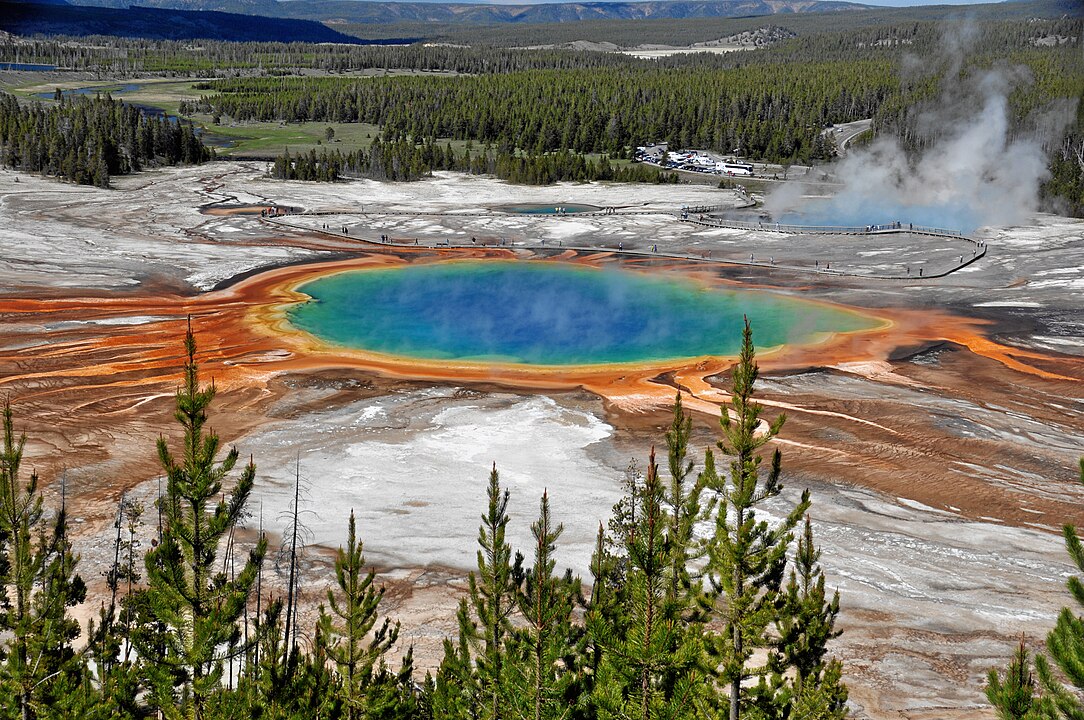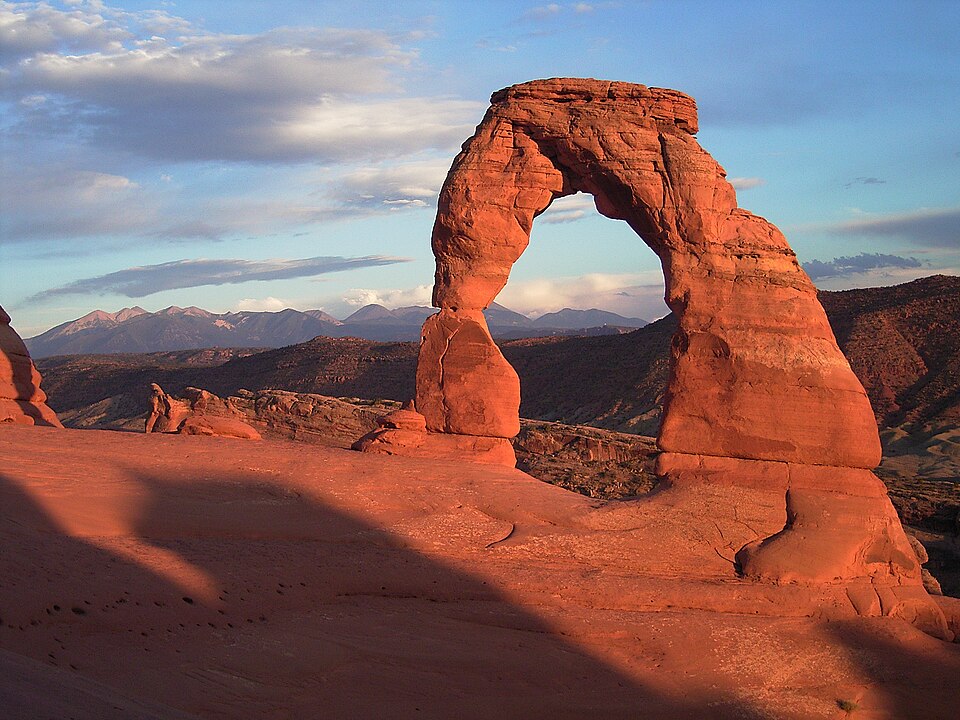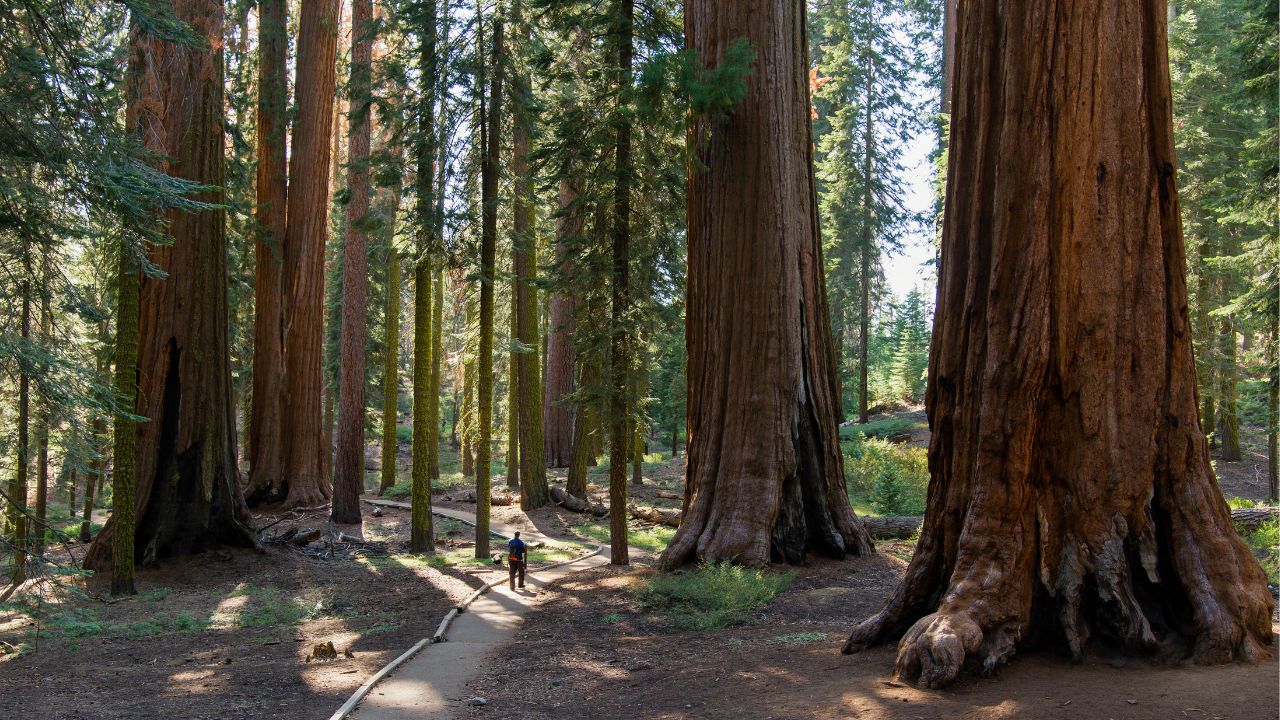A federal funding lapse would not just pause paperwork in Washington. It would change how millions of people visit national parks, sometimes overnight. In recent shutdowns, parks either closed or operated with very limited services, which created safety and resource problems. The National Park Service has a current contingency plan, and former park leaders are urging a cautious approach if Congress misses a deadline again.
This guide explains what a 2025 funding lapse would mean for visitors, reservations, and on-the-ground operations. It pulls from official planning documents, recent reporting, and lessons learned from past shutdowns, so you can plan smartly and avoid headaches.
What a 2025 lapse means in plain English
When appropriations lapse, agencies must halt non-essential work. The National Park Service’s latest contingency plan states that, in general, park sites will close to the public during a shutdown, with only a small number of excepted employees on duty to protect life and property. That is the baseline, even though some areas without gates may remain physically accessible. Services would be sharply reduced.
Former superintendents recently warned that trying to keep parks “open” with skeleton staffing leads to damage, overflowing trash, and risk to visitors. Their letter urges Interior to close sites if funding expires, rather than repeating partial-operations experiments from the 2018–2019 shutdown.
You may see varied statements in the news because each agency posts its own plan, and final decisions can shift close to the deadline. The Office of Management and Budget has directed the public to agency sites for the latest contingency plans, so always check official pages in the week before your trip.
What would close, and what might stay accessible

Expect visitor centers, staffed entrances, campgrounds, ranger programs, and most restrooms to close. Scientific research permits and special use permits would pause. Routine maintenance and education programs would stop. Essential staff would remain for emergency response and resource protection, but those teams are small.
Some places are physically open even when unstaffed, like park roads that serve as public thoroughfares or trailheads without gates. If that happens, the Park Service and advocacy groups caution that conditions can be unpredictable, with limited law enforcement, no sanitation, and minimal rescue capability. Visitors should not expect normal access or services if a shutdown occurs.
A quick history note helps: during the 2018–2019 shutdown, some parks tried to operate using visitor fee revenue, which led to significant problems on the ground and a Government Accountability Office decision that Interior violated appropriations law. That precedent makes it less likely that fee money would be used the same way in 2025.
Your reservations, permits, and passes
If a shutdown triggers a park closure, reservations made through Recreation.gov for affected facilities are typically canceled and refunded. The platform’s policy says that in the event of an emergency closure, all fees will be refunded, and the system will attempt to notify you using the contact information in your account. That covers campsites, some tours, and many timed entries hosted on the platform.
Permit processing would pause. That includes backcountry permits that require ranger review, special events, and commercial use authorizations. Sales of new annual passes, like America the Beautiful passes, would likely be suspended until staffing returns. Fee collection at open road corridors is also typically halted during a lapse, which means you should not expect normal entry transactions. These outcomes align with prior contingency planning and shutdown guidance published by the Park Service and summarized by park advocacy organizations.
What you should do now
Before you travel, confirm the status of your specific site on its official page, and make sure your Recreation.gov profile has a current email and phone number so you receive closure notices quickly. If you booked nonrefundable travel around a park visit, consider flexible airline fares or hotel rates during the shutdown window.
Can states or partners keep parks open

Sometimes, yes. During past shutdowns, a few states used their own funds to keep marquee parks open for limited services, often to protect local tourism during peak seasons. Utah did this in 2013 for several parks, and other states made similar arrangements in later shutdowns. These are temporary, negotiated deals and they vary by location, timing, and available staff. Do not assume your destination will be covered.
Even with state help, staffing is thin. Former superintendents say that trying to operate wide areas without the usual ranger force invites safety issues and resource damage, which is why many experts now recommend full closures until appropriations return. That advice reflects hard lessons from the 2018–2019 period, when vandalism and sanitation failures were documented at multiple sites.
How to adjust your plans without losing the trip
You have options if a shutdown lands during your travel dates. State parks, tribal parks, and city preserves can be great substitutes with excellent trails and viewpoints. Many national forests and Bureau of Land Management sites remain accessible, although services there can also be reduced if their staffing is affected.
If a national park road or trail is physically open but unstaffed, treat it like a backcountry outing. Pack extra water, carry a paper map, and be conservative about route choices. With limited rangers on duty, rescues may be delayed. Leave no trace, and plan to pack out your trash since bins may be locked or overflowing. Those choices protect wildlife and prevent problems that take months to fix once funding is restored.
Finally, build a Plan B and Plan C. Book a cancellable hotel in a nearby town, identify two alternative hikes outside the park boundary, and download offline maps. Teens who love adventure can learn a lot here about preparation and flexibility, two skills that travel always rewards.
Sources
- National Park Service, Contingency Plan (March 2024). U.S. Department of the Interior
- Associated Press, former superintendents urge closures during potential shutdown (September 2025). AP News
- San Francisco Chronicle, former leaders warn against keeping parks open with minimal staff (September 2025). San Francisco Chronicle
- Federal News Network, OMB directs public to agency sites for shutdown plans (September 2025). Federal News Network
- U.S. Government Accountability Office, decision on fee use and shutdown operations (September 2019). U.S. Government Accountability Office


